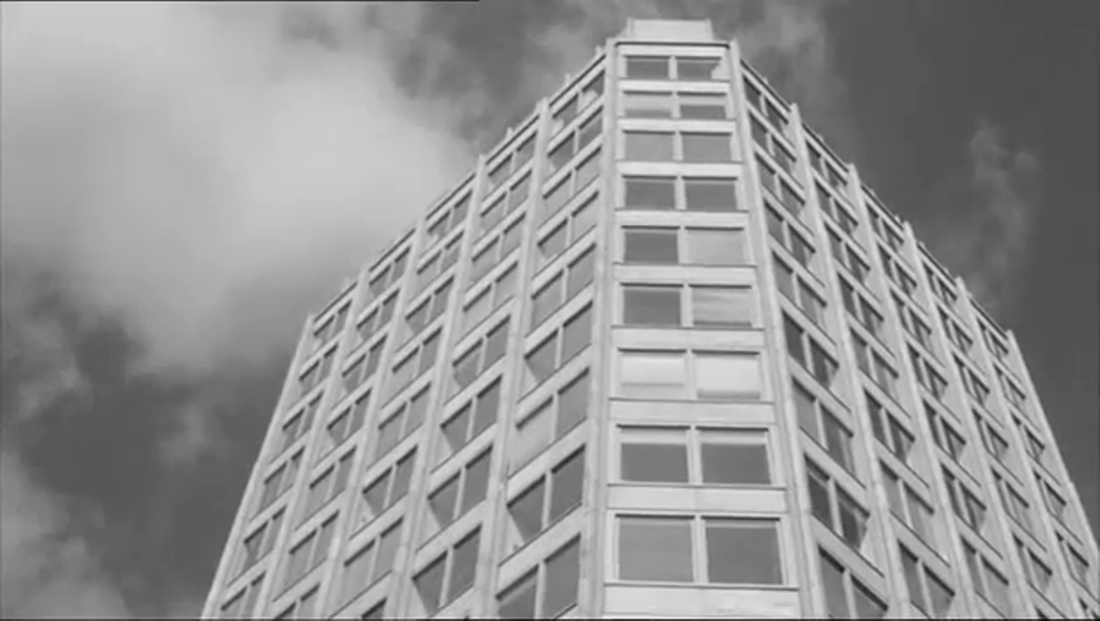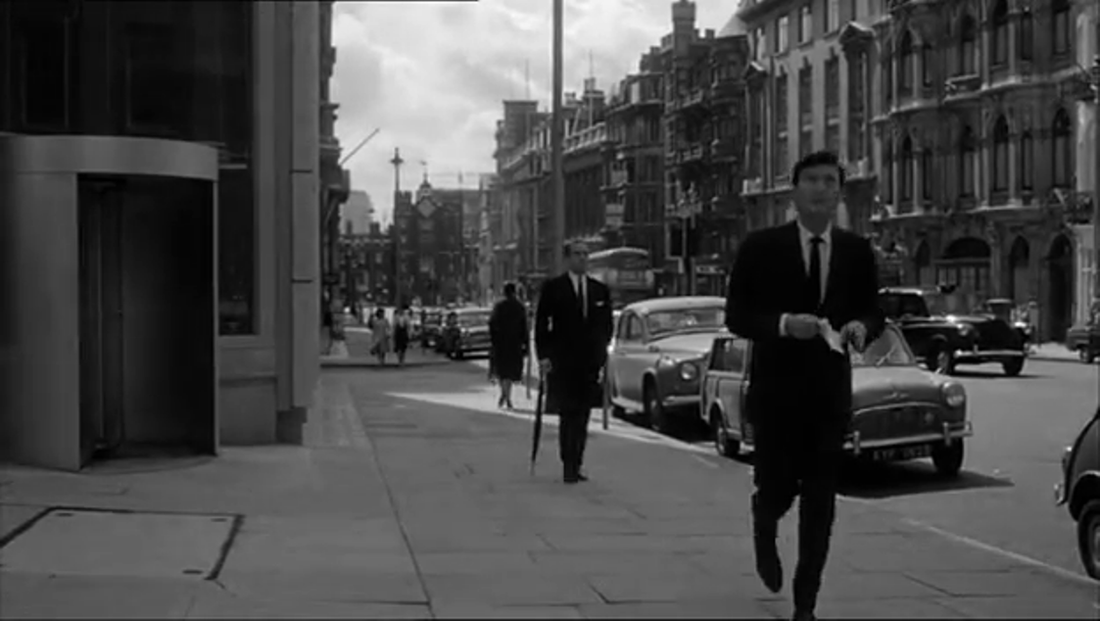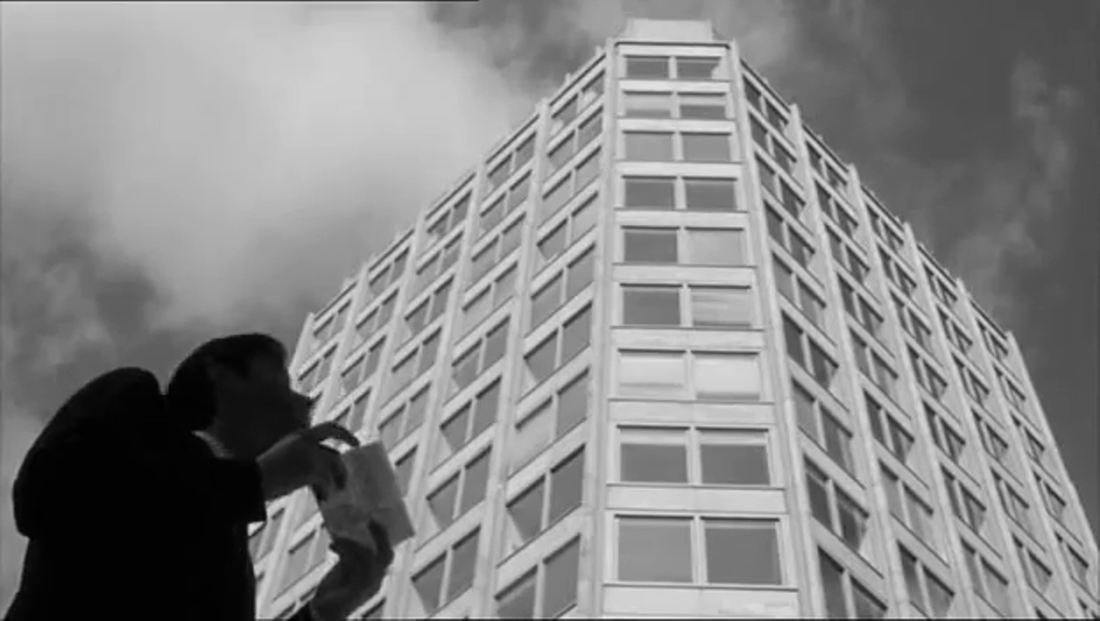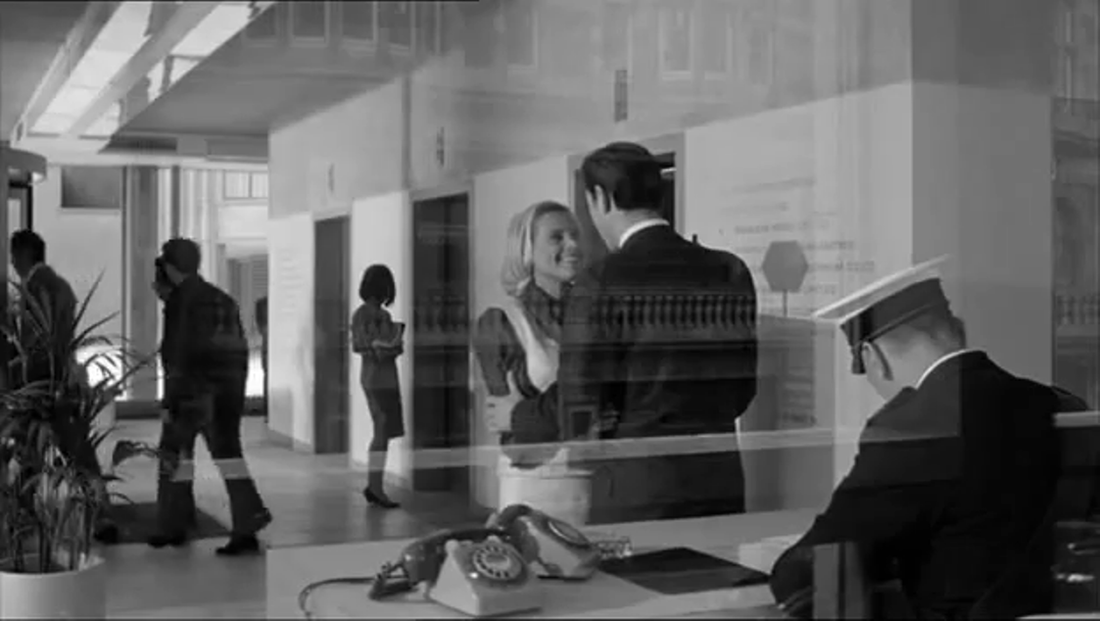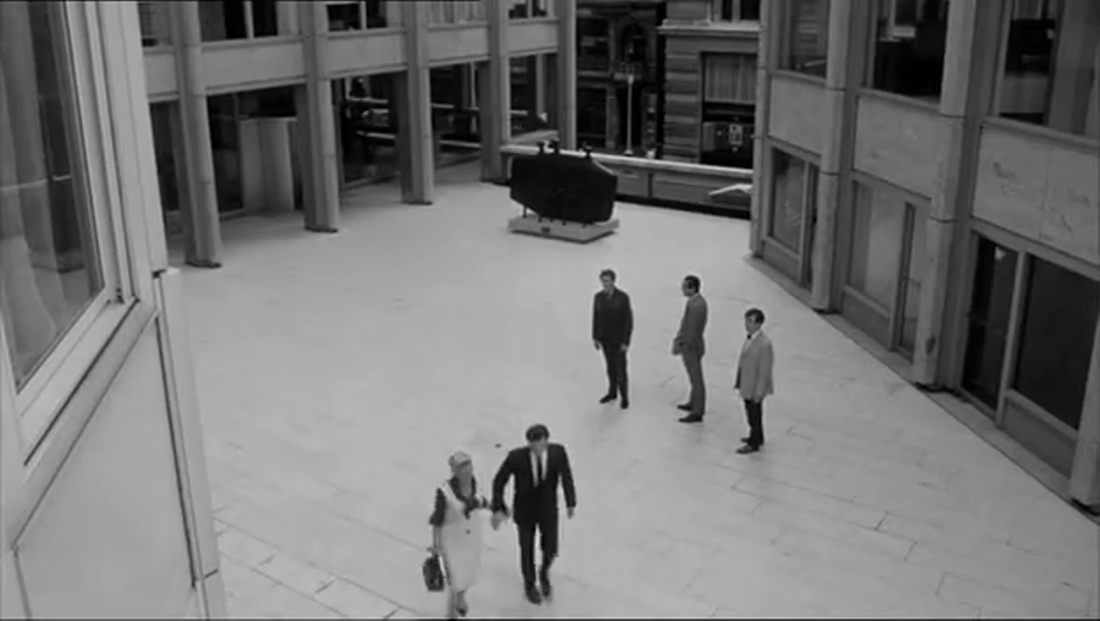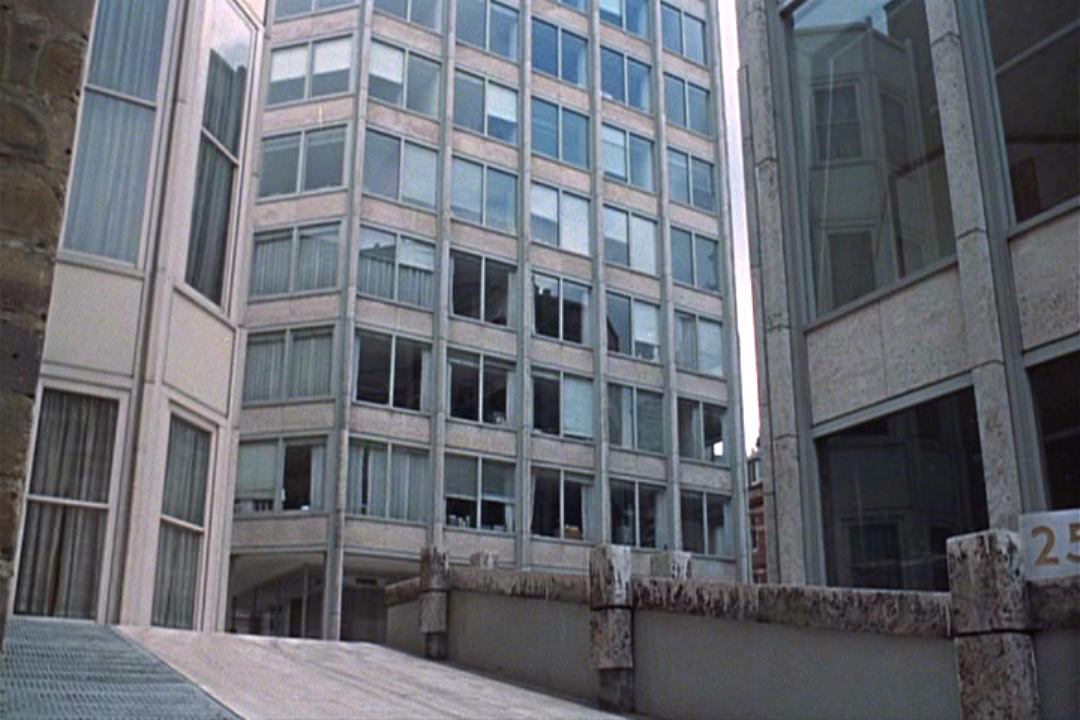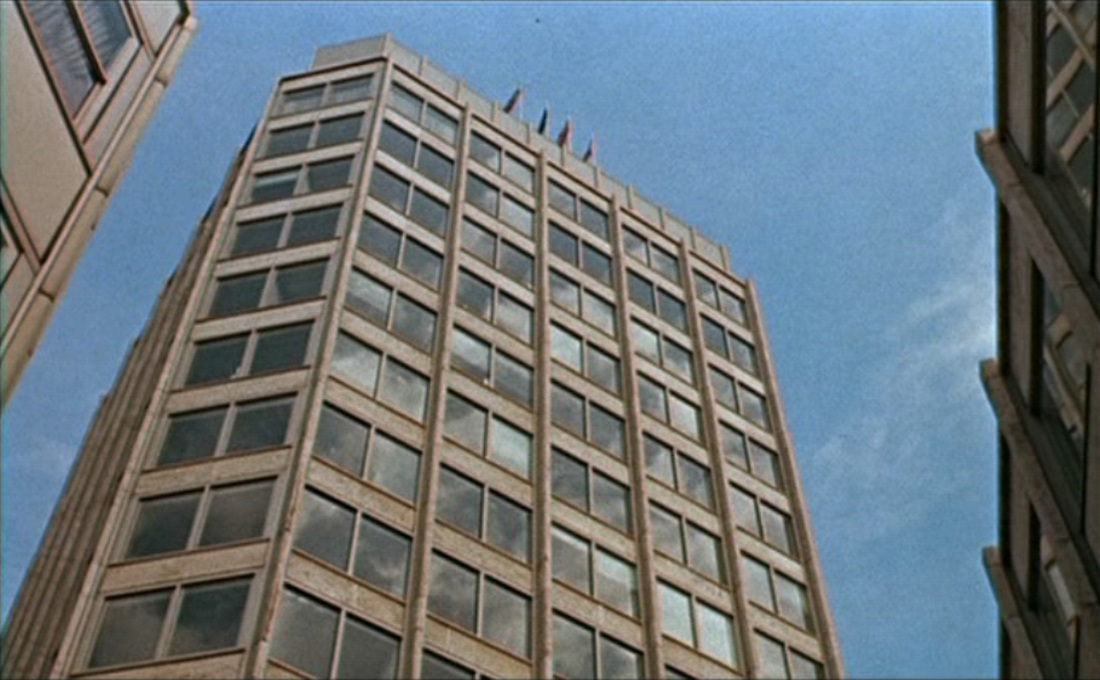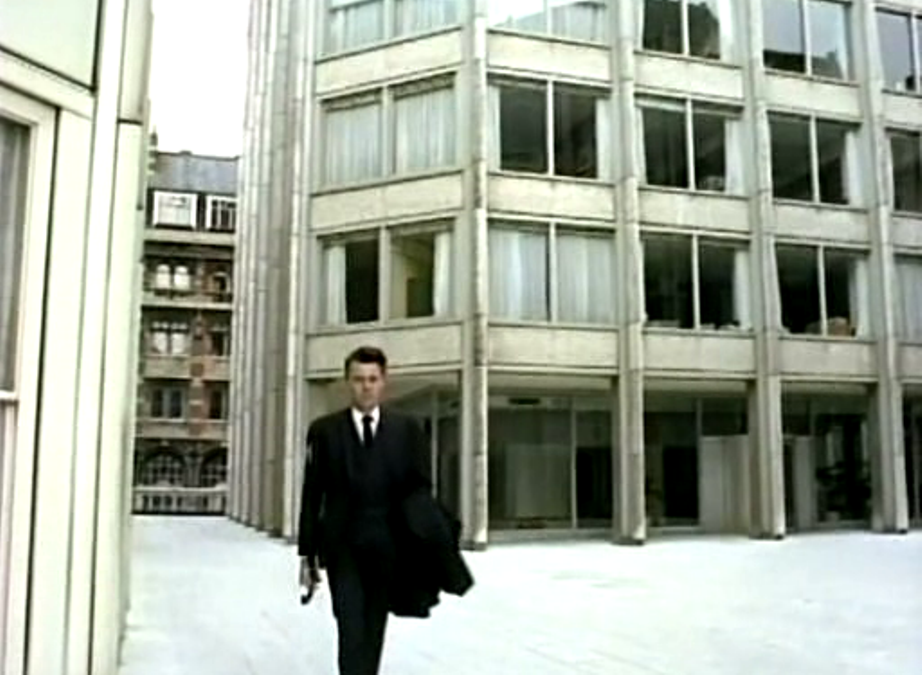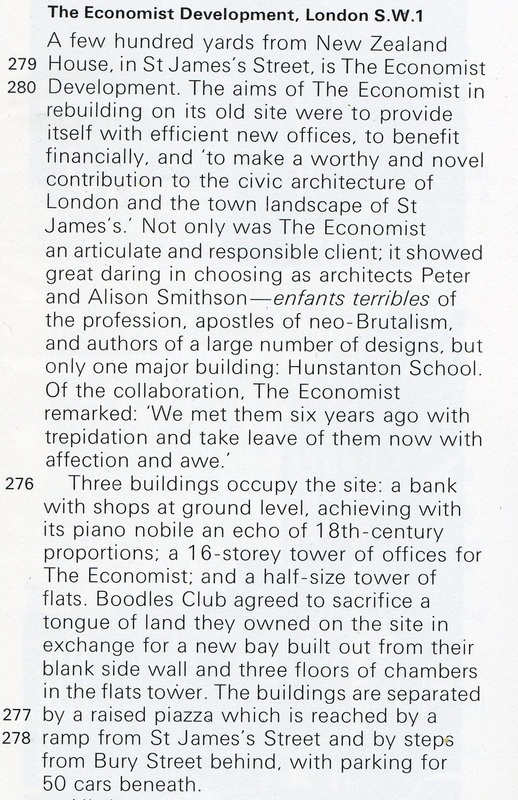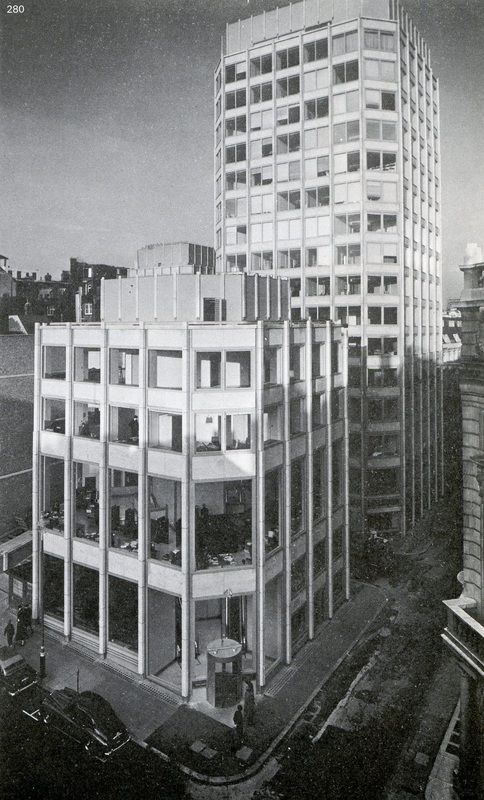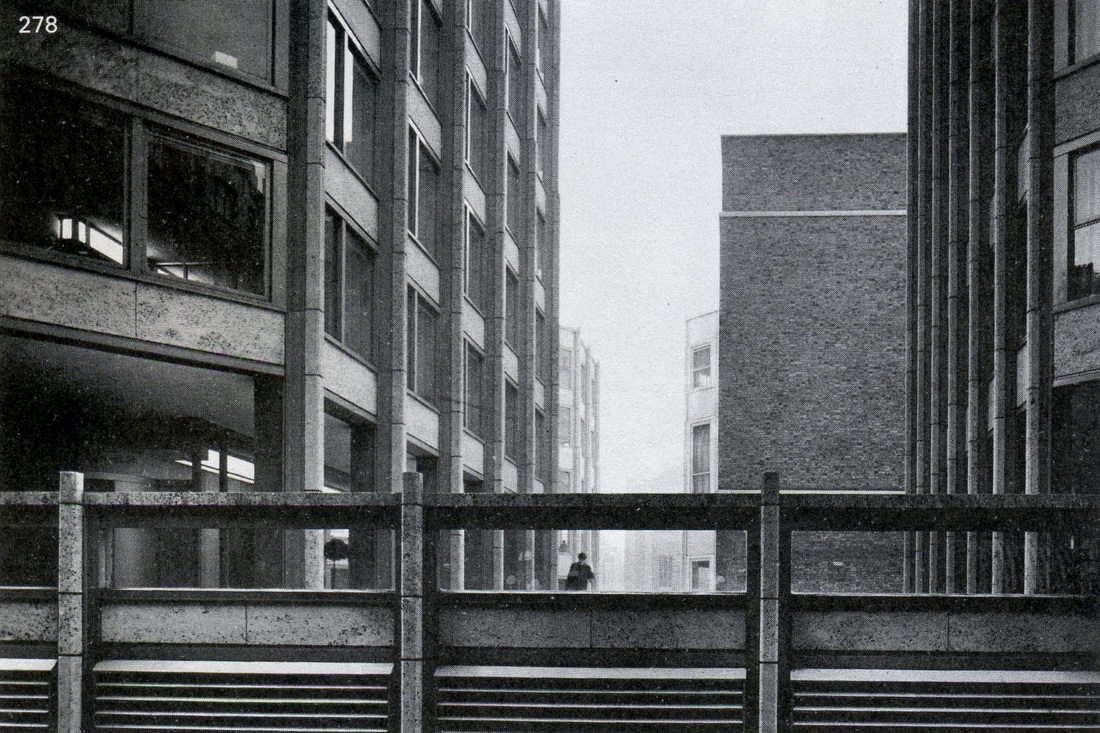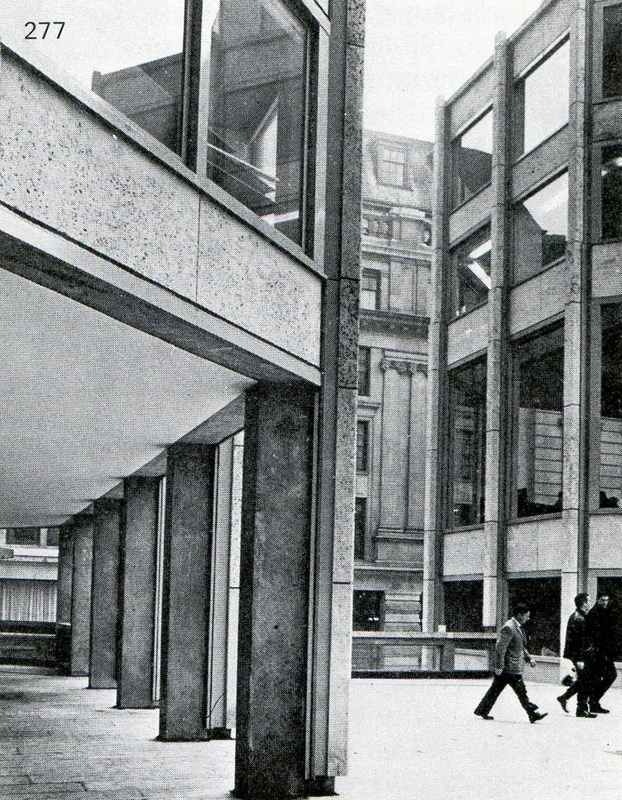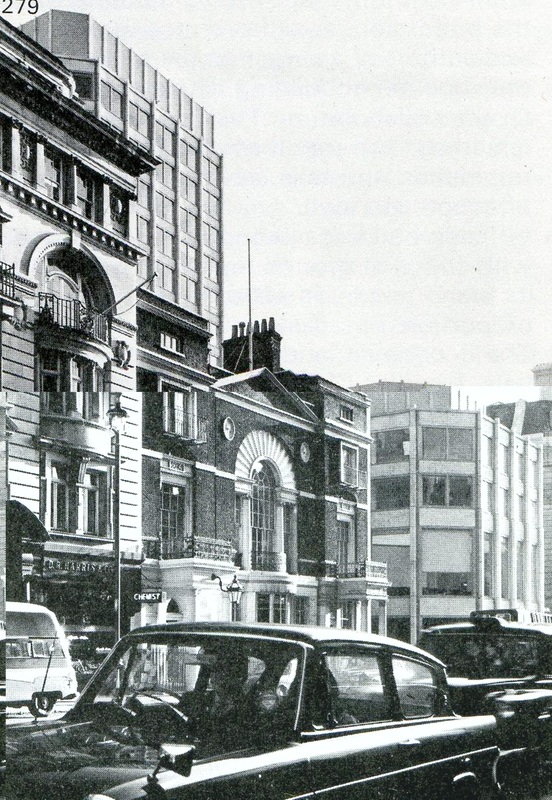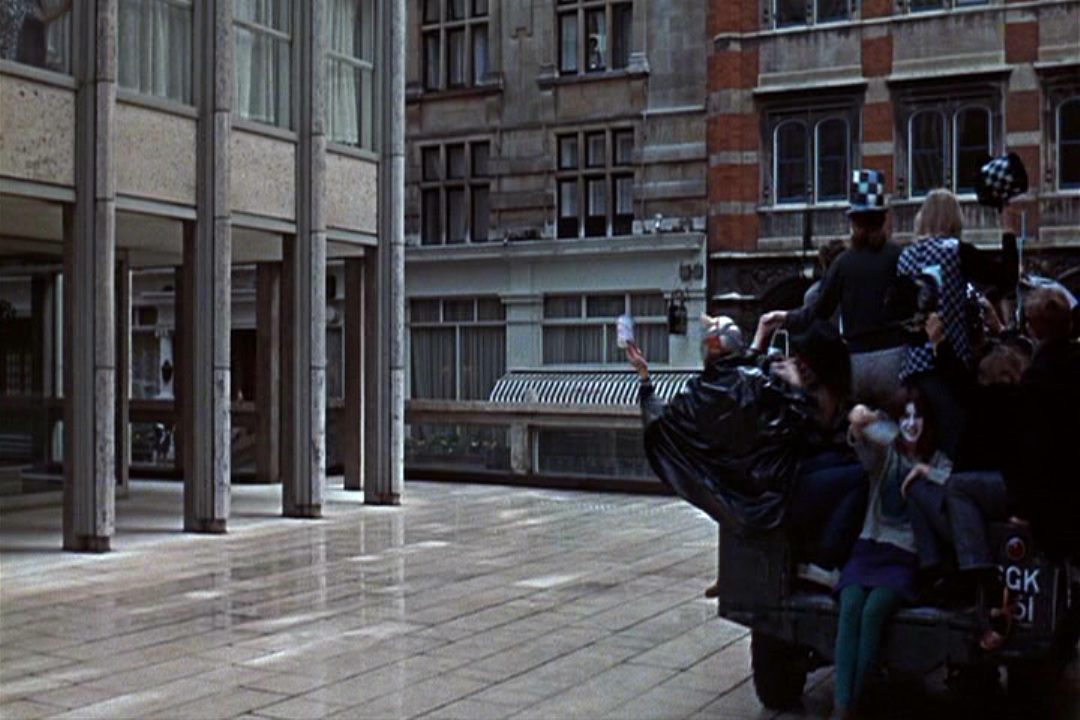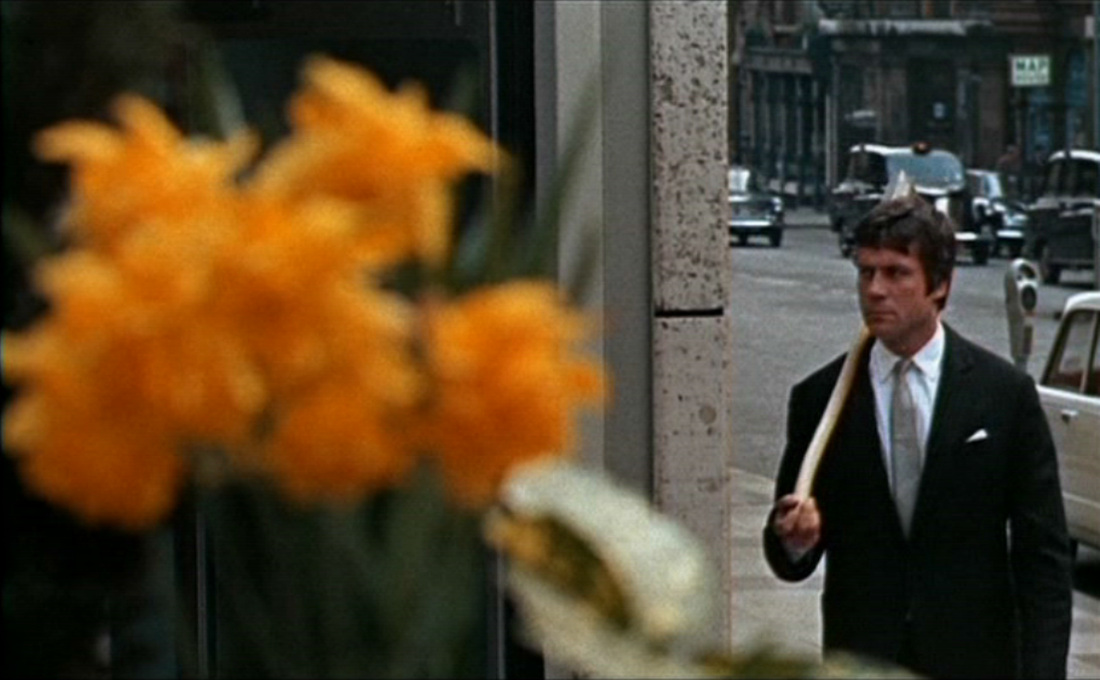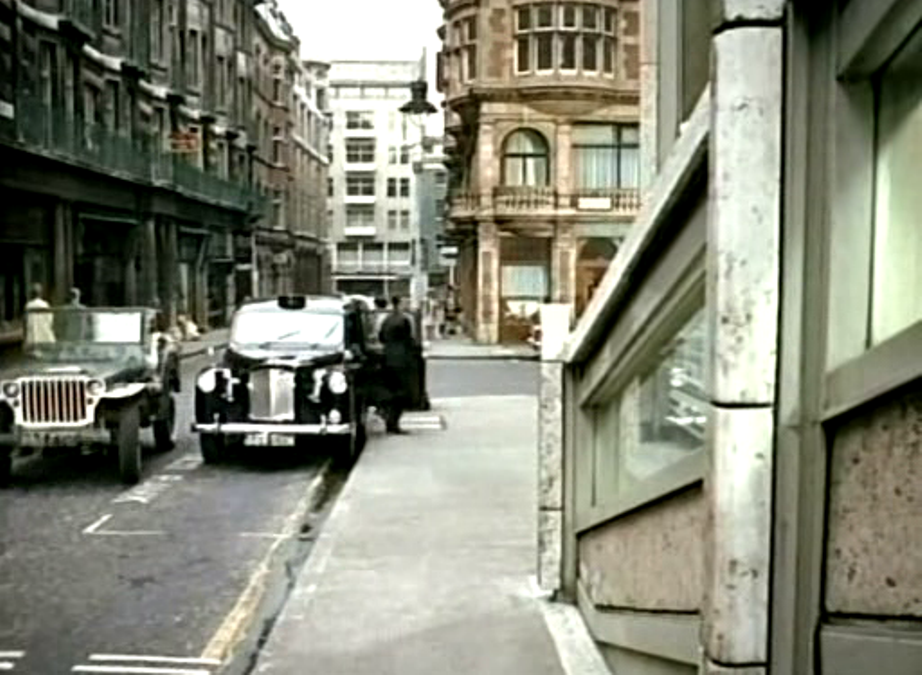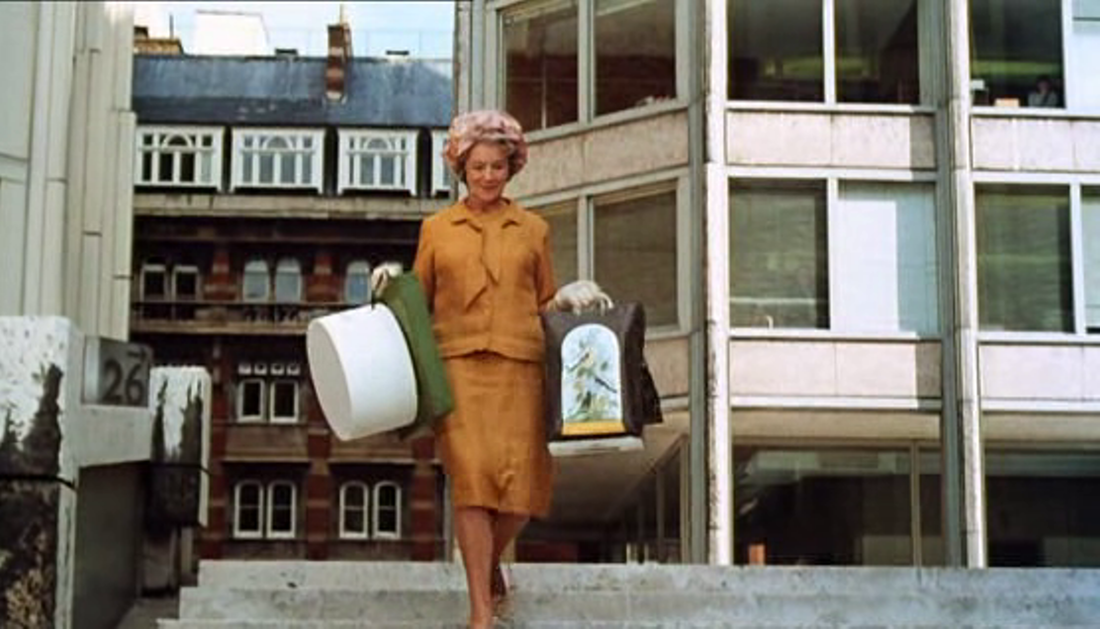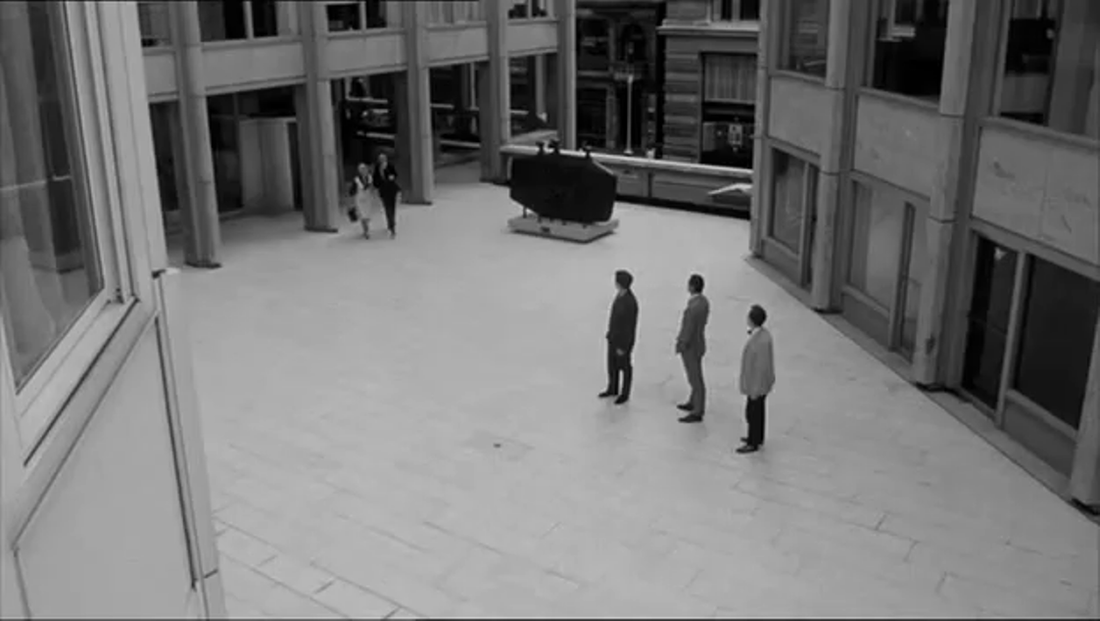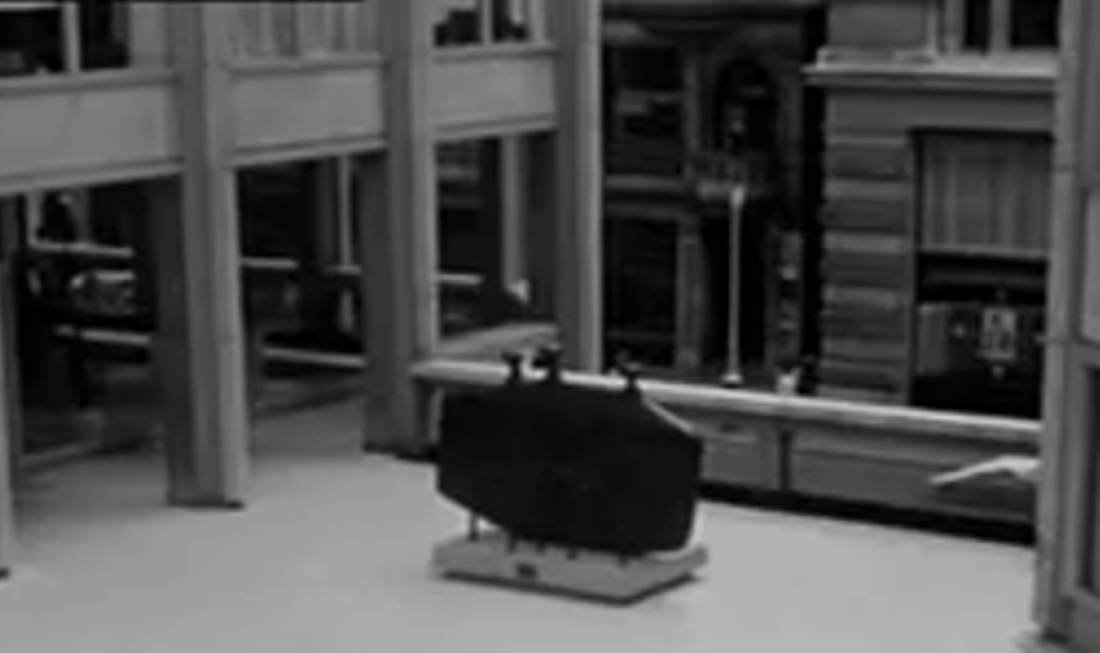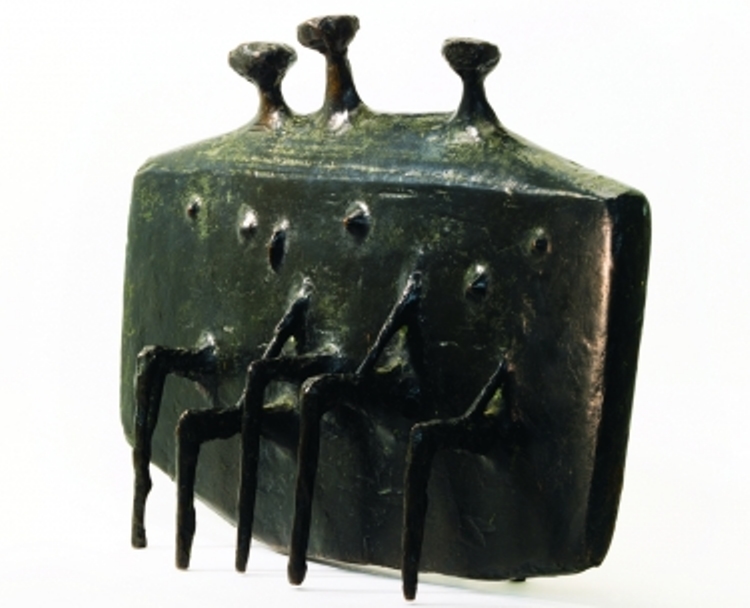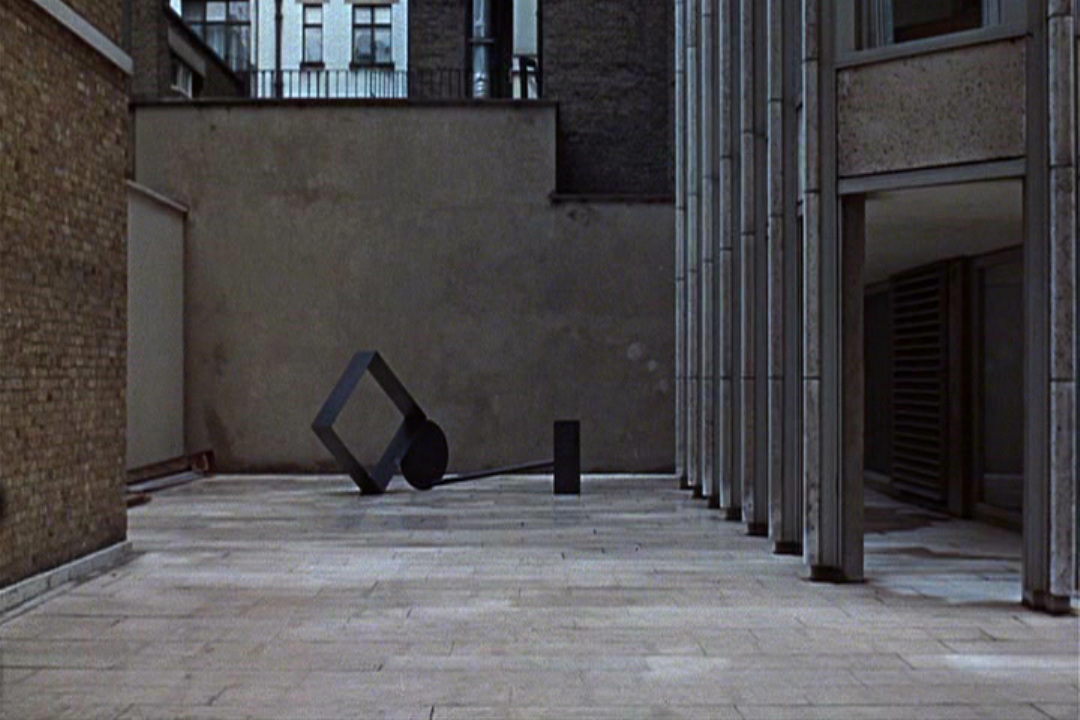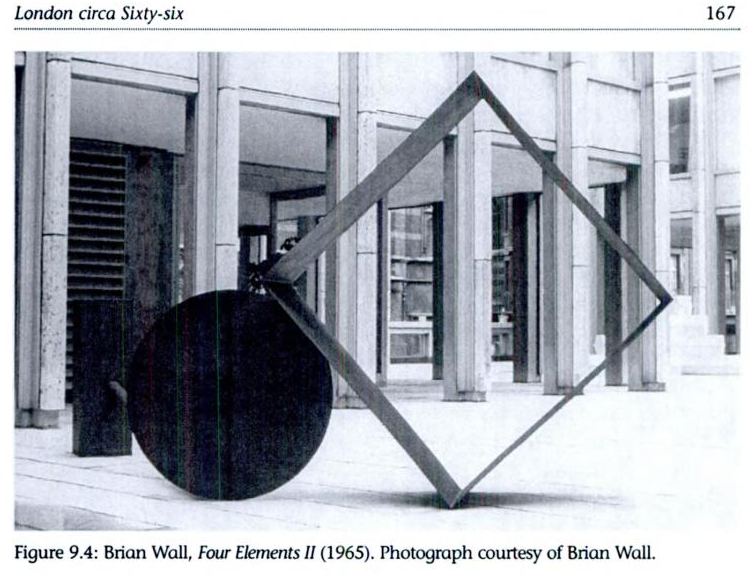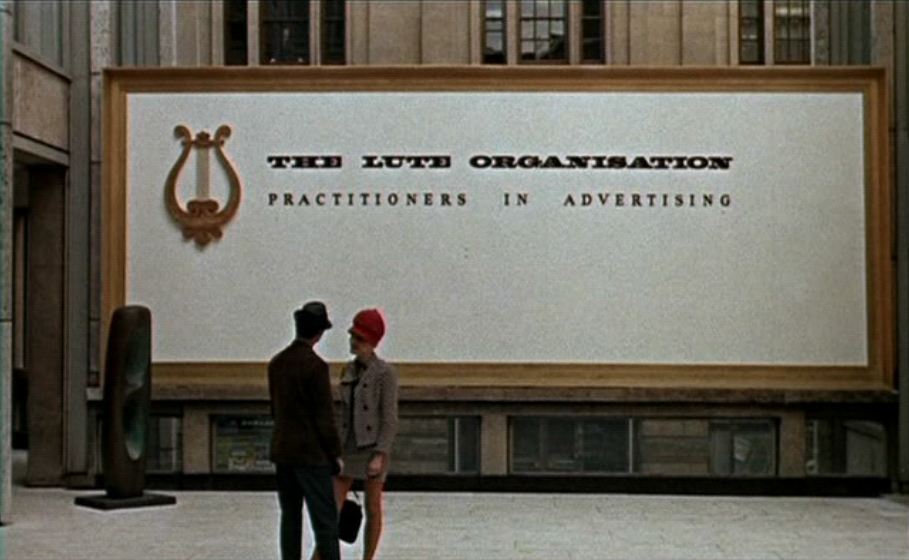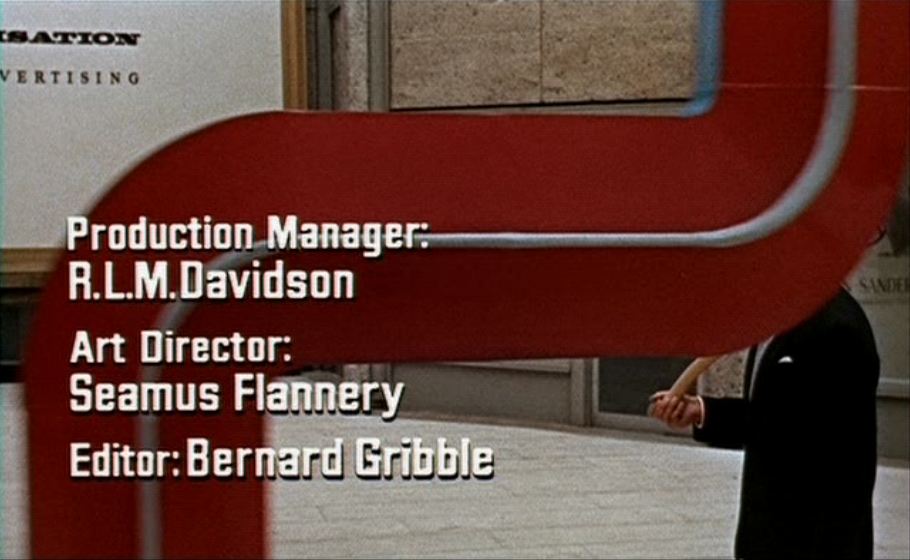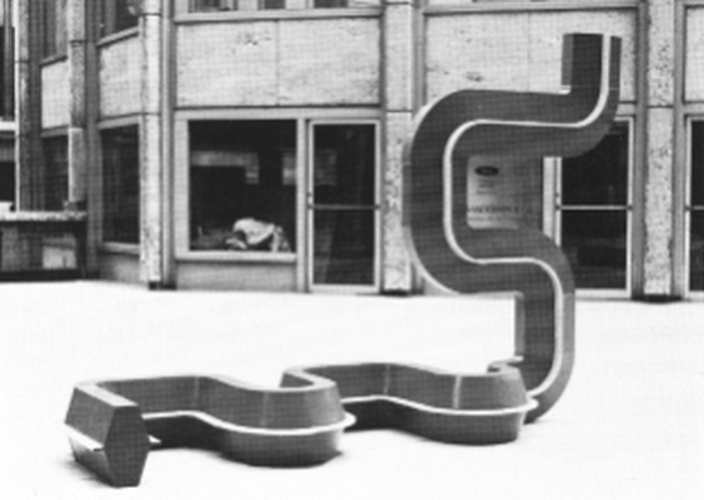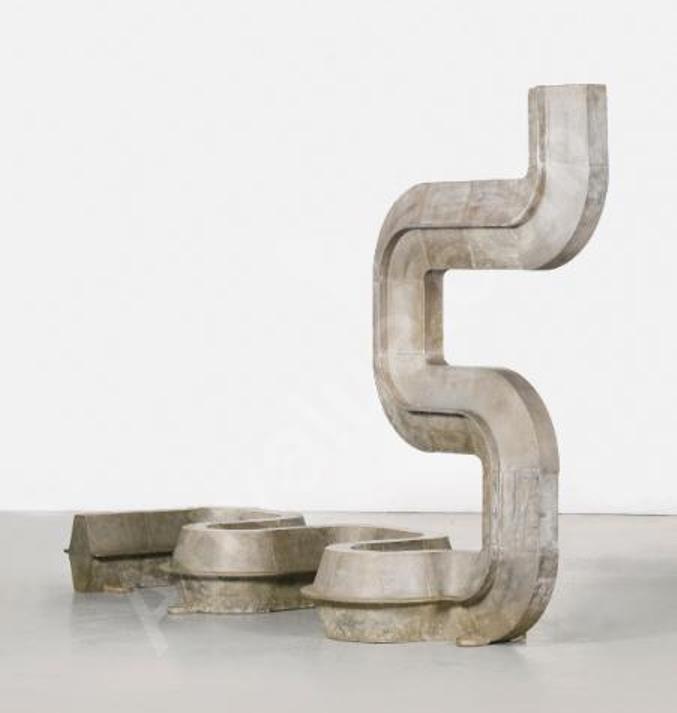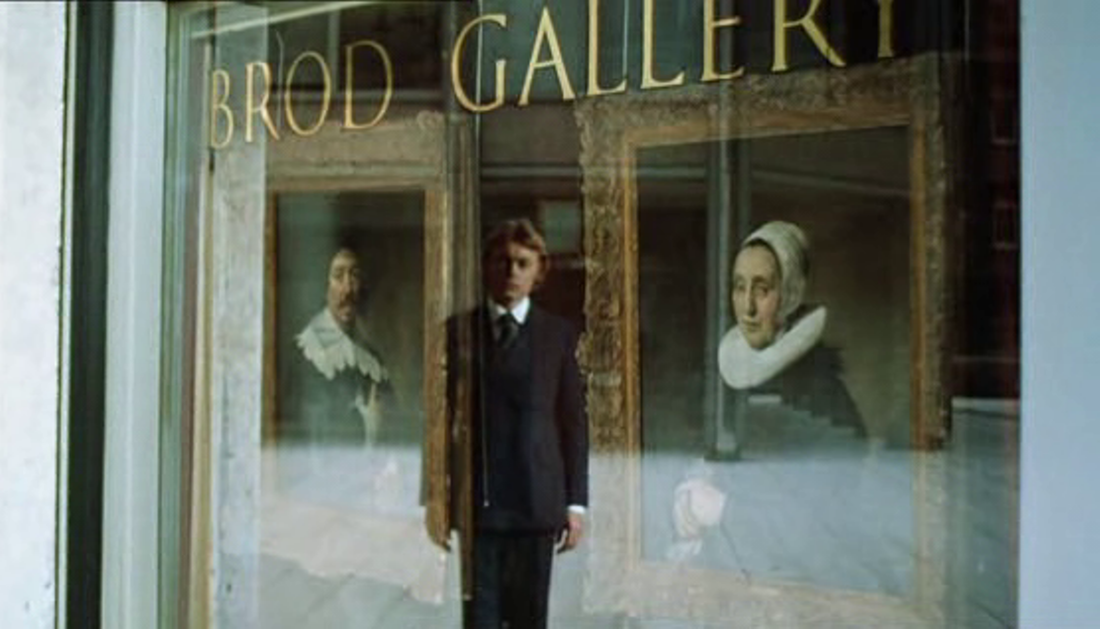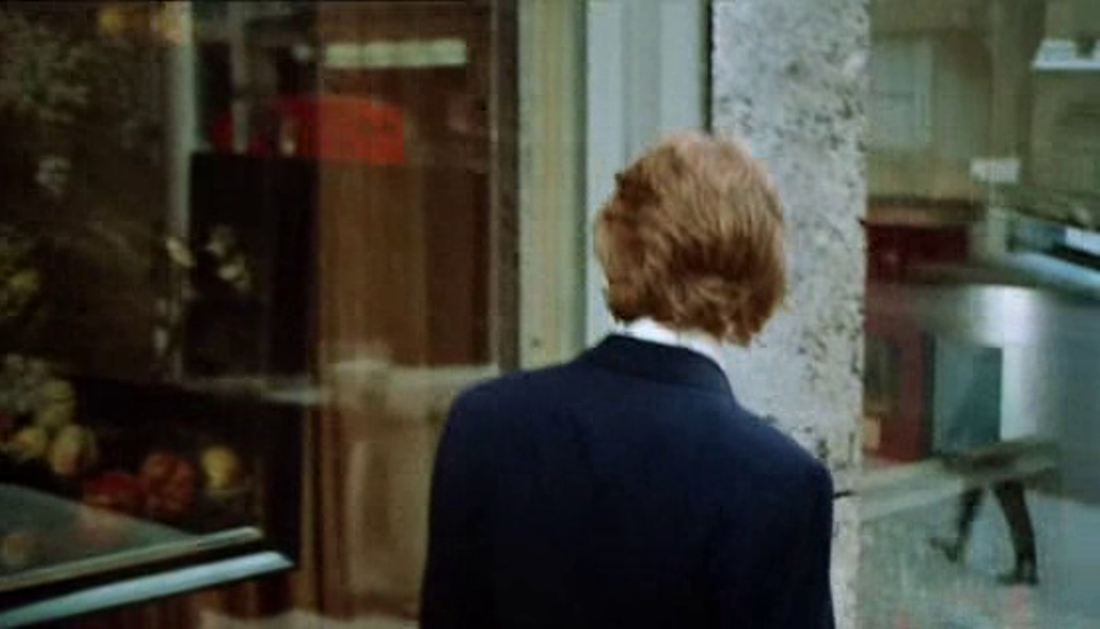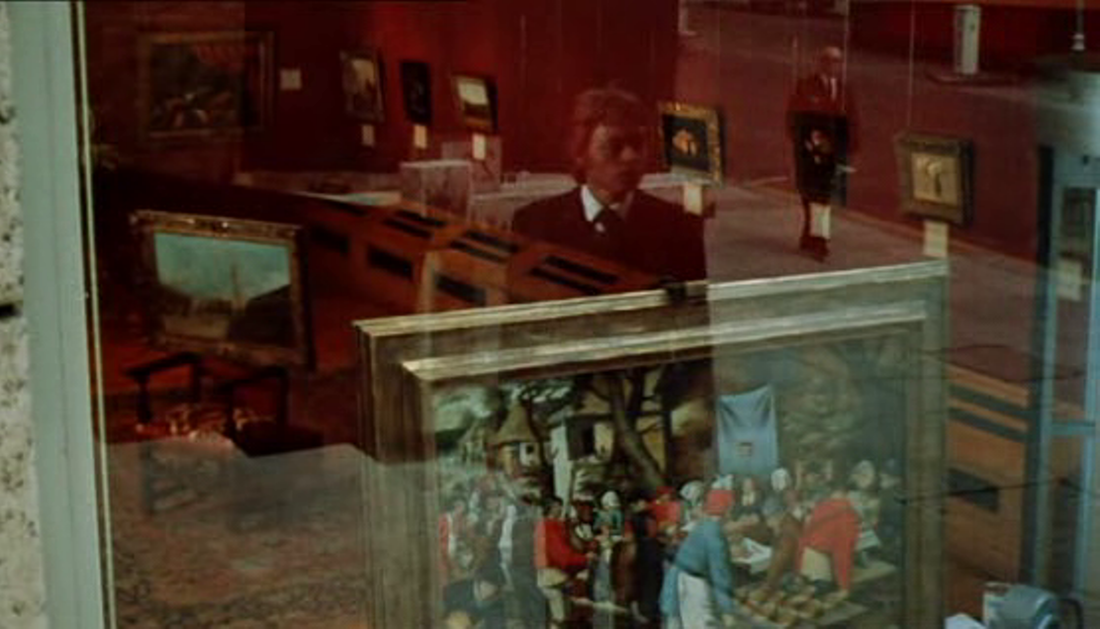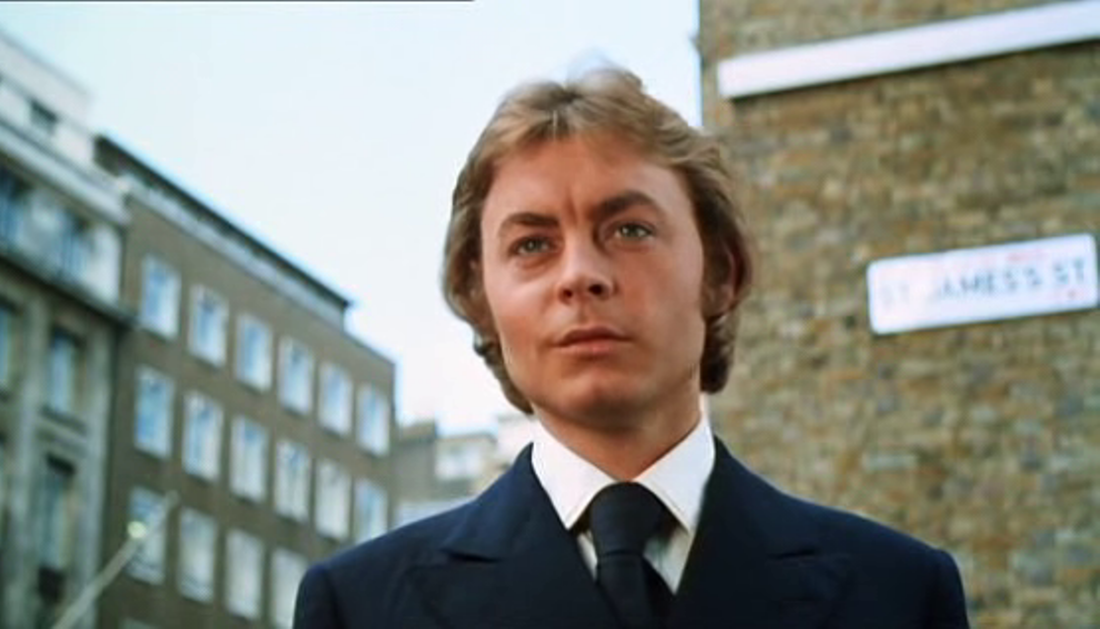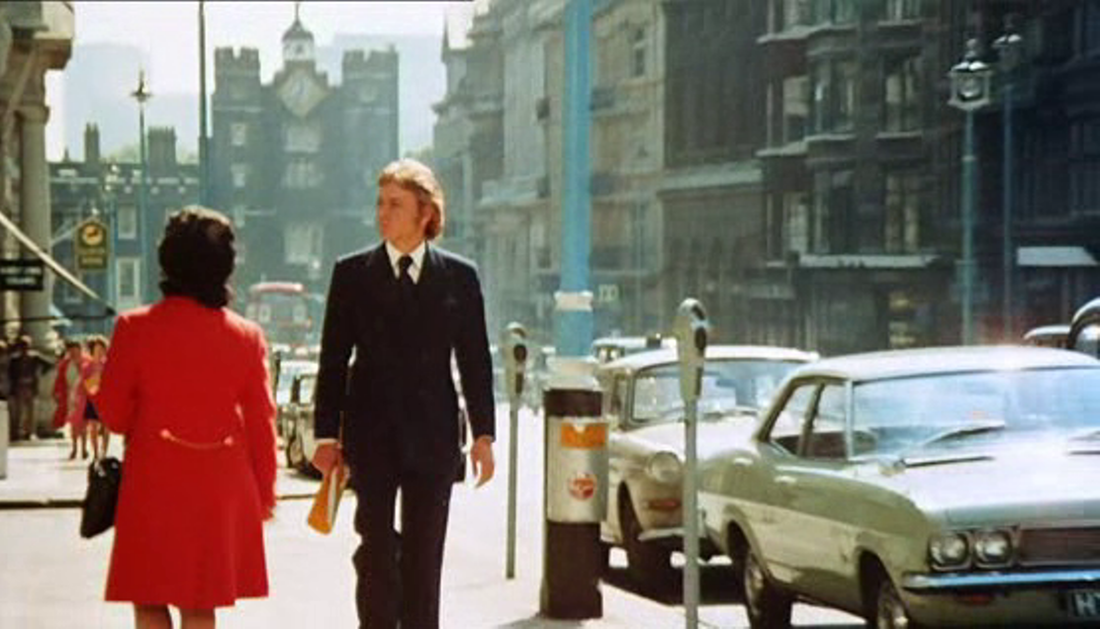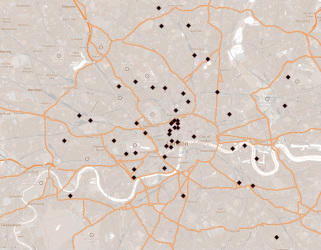Laurence Harvey walks up St James's Street to the Economist Buildings:
In the foyer his character (Joe Lampton) meets an old friend and they cross the Plaza together:
Life at the Top is the first (to my knowledge) of several films in the decade to make use of this remarkable set of buildings, completed in 1964. In the next three years it appears in Blowup:
In I'll Never Forget What's'isname:
And in Sebastian:
The significance of the Smithsons' project is outlined in Michael Webb's Architecture in Britain Today, from 1969:
These are the accompanying photographs:
The films that come here all show something of the older environs by which the Smithsons' work is framed:
Some also signal that the development was itself conceived as a frame for art. The view of the plaza from Life at the Top includes a sculpture facing out onto Ryder Street:
From the beginning the plaza served as an exhibition space for sculpture. The work we can see in Life at the Top appears to be by Kenneth Armitage:
I haven't yet made an exact identification but it is not unlike Armitage's Triarchy, from 1957:
In Blowup the work on show is Four Elements II (1965) by Brian Wall:
And in I'll Never Forget Whats'is'name there are two works on show, a piece by Barbara Hepworth:
And one by Eduardo Paolozzi:
This is Susasa, dated 1966 in the recent (2012) sale at Sotheby's and illustrated with a photograph of it n situ, in the Economist plaza:
The photograph illustrating its present state reveals that it has changed over time:
The auctioneer's website indicates that Paolozzi modified the work in 1974, which explains why it is no longer red.
The Alfred Brod Gallery was part of the Economist development, but Brod specialised in old masters rathe than contemporary sculpture. While waiting for his client, chauffeur Hywel Bennett (in Endless Night) examines the Brod Gallery display:
